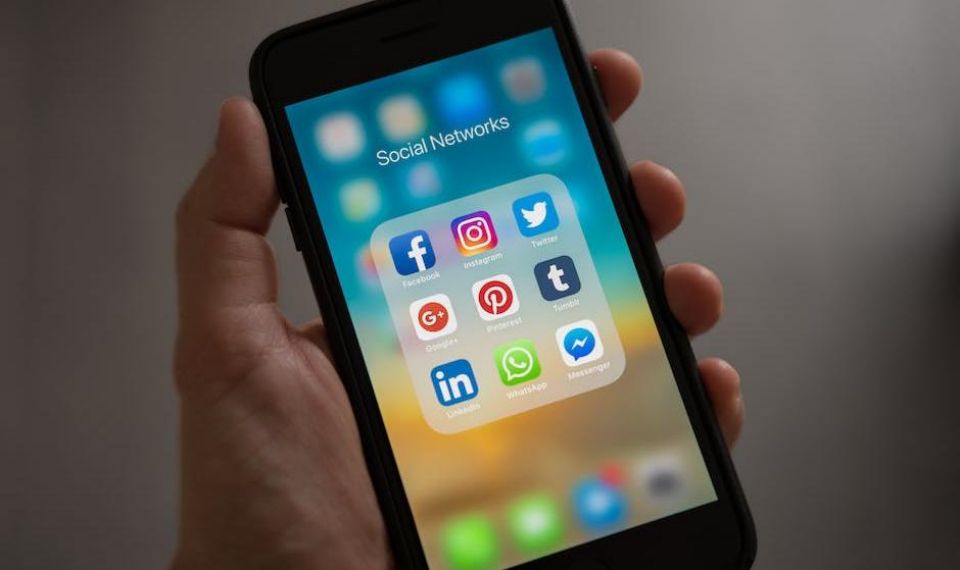
The realm of technology is an ever-evolving cosmos dotted with constant breakthroughs, and mobile technology has proven to be among the brightest of these stellar niches. One of the most groundbreaking advances in this sector is the introduction of 5G technology, which offers unvarnished, untangled interactivity like never before.
5G, the fifth-generation technology standard for broadband cellular networks, promises to catapult the quality and speed of mobile internet service into stratospheric heights. Almost ten times faster than its predecessor, 4G, 5G technology outstrips the bounds of ordinary mobile internet speed. Typically, a 5G network offers download speeds of up to 10 Gb per second. This means that a high-definition movie that may have taken you an hour to download could now become an on-demand pleasure, available in a matter of seconds.
One intriguing aspect of this new technology is its impressively lower latency. Latency is the time it takes for a device to receive a response to the information it sends out. 5G technology is set to shred this down to milliseconds, compared to 4G’s 50 milliseconds. This instant response is crucial, especially in fields requiring real-time reaction, such as remote surgery and autonomous vehicles.
Another striking advantage is the capacity of 5G networks to support the rapidly growing internet of things (IoT). This technology can connect an estimated 1 million devices per square kilometer, a vast increase from the 100,000 devices that 4G can support. This development could streamline the functionality and user experience of smart homes, wearable tech, and other AI-powered devices.
The integration of 5G technology into mobile devices does not merely mean faster download and upload speeds. Rather, it promises an entire transformation of our lifestyle. For instance, the instant data transmission could make it possible to play virtual reality games alongside players worldwide or sit in on a class being taught in a different country with no lag in communication.
However, the deployment of the 5G network doesn’t come without its share of challenges. Engineers are grappling with issues such as manufacturing cost, battery drain, and health concerns related to electromagnetic radiation exposure. The monumental task of building the required infrastructure billion-dollar affair that could take years to accomplish.
That being said, the advent of 5G is a true game-changer, bearing the promise of unprecedented levels of connectivity, paving the way for a world where people and their activities would practically be ‘on the cloud’. Once the technological, economic, and societal issues are ironed out, we stand on the brink of a digital revolution powered by 5G technology, promising to place the future, quite literally, in the palms of our hands.









